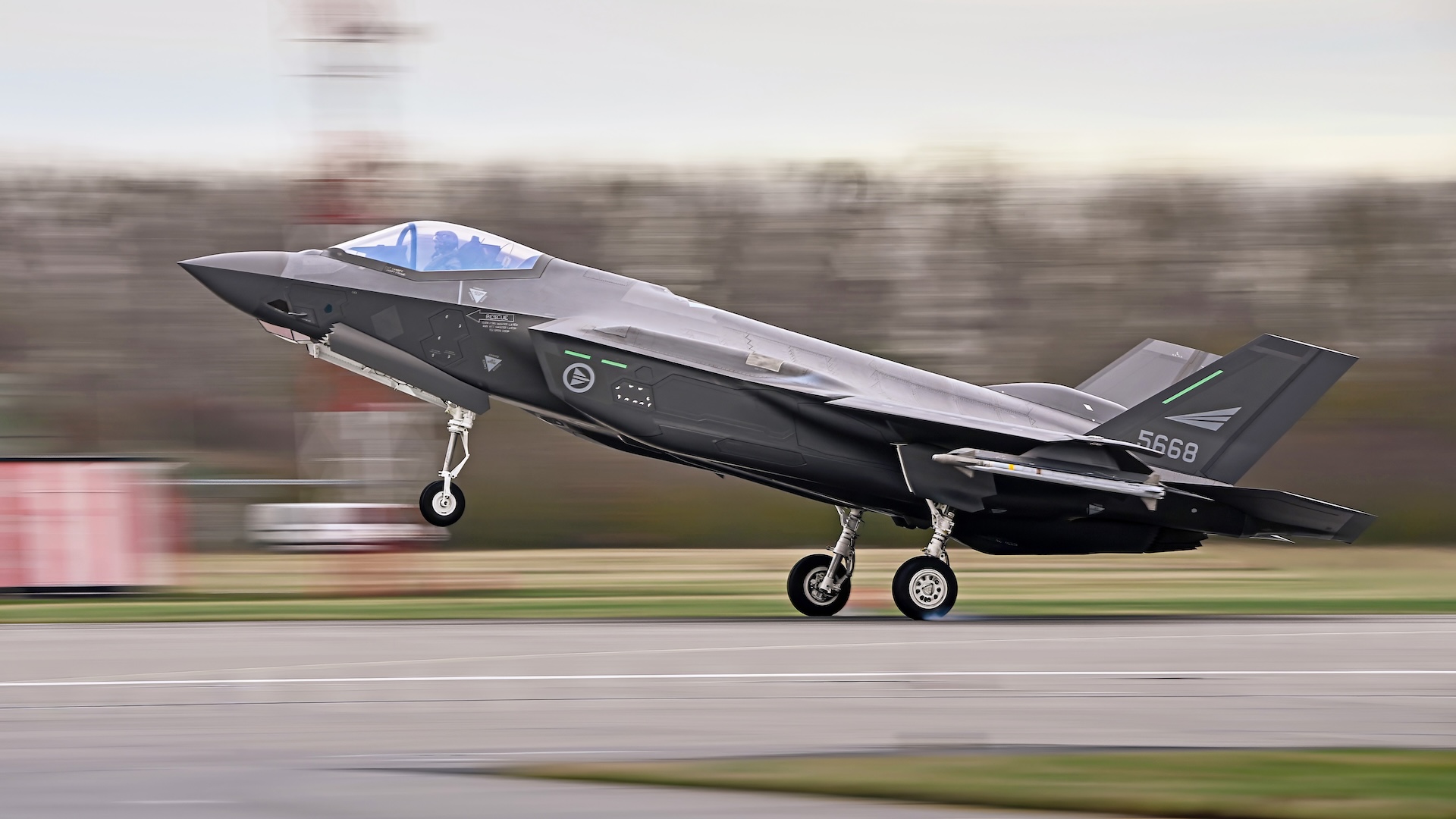Norway has confirmed to The War Zone that it scrambled two of its F-35A stealth fighters, currently deployed in Poland, overnight, coincident with large-scale Russian missile strikes on Ukraine. While the Norwegian jets are primarily in Poland to help defend a key logistics hub bringing materiel into Ukraine, rogue Russian missiles and drones have entered Polish airspace several times since the full-scale invasion began.
“On Wednesday night, two Norwegian F-35A fighter jets ‘scrambled’ in Polish airspace,” Lt. Col. Eivind Byre, the Royal Norwegian Air Force (RNoAF) head of communications, told us in an email.
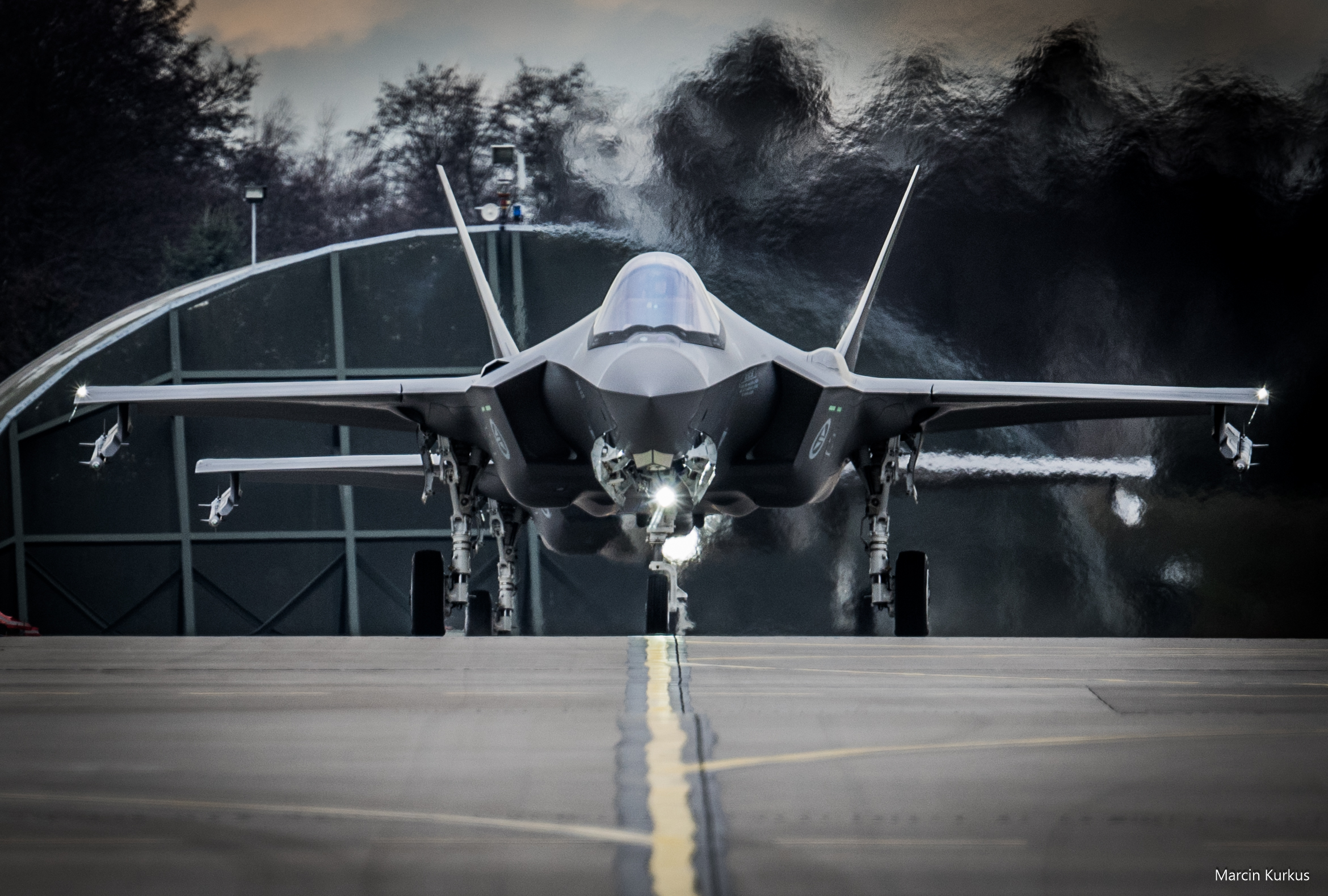
The quick reaction alert (QRA) scramble was apparently prompted by Russia’s latest barrage of missile strikes on Ukraine.
Byre also told the Forsvarets Forum website, covering Norwegian defense matters, that the RNoAF fighters were scrambled “in connection with the war in Ukraine, to protect Polish airspace as part of NATO.”
According to a statement from Ukrainian President Volodymyr Zelensky, by 11:00 a.m. local time today, Russia had launched over 40 missiles and more than 70 drones against Ukraine, targeting gas infrastructure and energy facilities. Zelensky claimed that at least 30 of the missiles were successfully intercepted.
The General Staff of the Ukrainian Armed Forces said that Russian attacks on energy facilities, especially gas infrastructure in the Kharkiv, Lviv, and Ivano-Frankivsk regions “caused significant damage.”
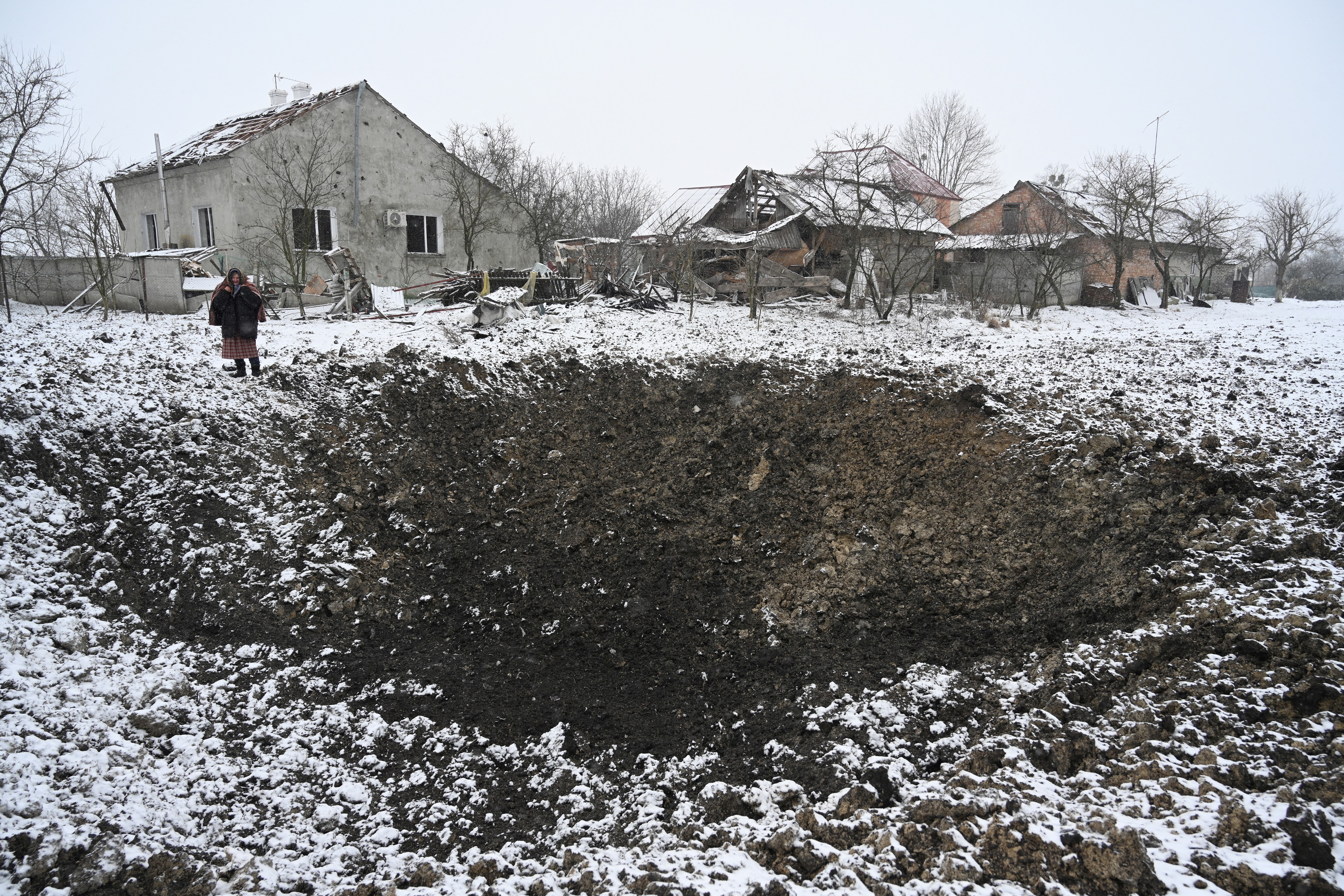
The respective heads of the regional administrations in the Lviv and Ivano-Frankivsk regions said there were no casualties in the strikes.
Ukraine’s national grid operator said today it had introduced emergency power cuts in six regions after what it described as a “massive” Russian missile strike.
The Russian attacks were reportedly spearheaded by more than a dozen Tu-95MS Bear and Tu-22M3 Backfire strategic bombers launching air-launched cruise missiles, although Kinzhal aero-ballistic missiles, delivered by adapted MiG-31 Foxhound interceptors, are also said to have been used.
The Russian strategic bombers are said to have taken off from the air base at Olenya in the Murmansk region. There are reports that none were launched from Engels in the Volgograd region — an airfield that has been hit by multiple Ukrainian drones in recent days.
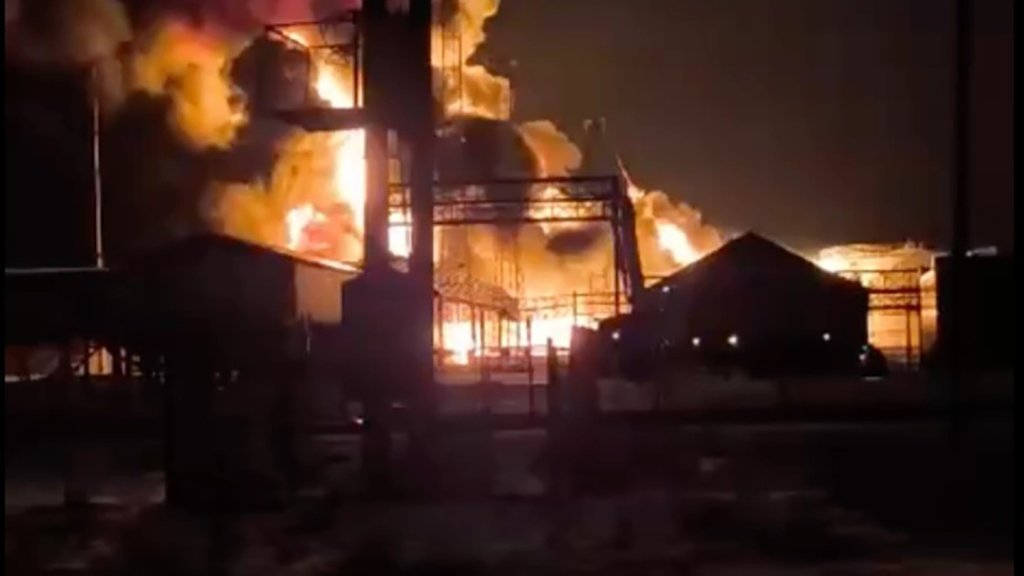
Reportedly, Kalibr subsonic cruise missiles were also fired from Russian Navy vessels in the Black Sea.
The Russian missile and drone barrage came a day after Ukraine launched what was described as its largest aerial assault on Russian territory since the start of the full-scale invasion. You can read more about this here, suffice it to say that targets were hit at locations between 125 to 700 miles deep into Russian territory, in the Bryansk, Saratov, and Tula regions and the Republic of Tatarstan. Factories and energy infrastructure appear to have been the main targets.
Following the Ukrainian attacks, Russia’s military said yesterday that it would retaliate, further claiming that six U.S.-supplied Army Tactical Missile System (ATACMS) and six U.K.-supplied Storm Shadow cruise missiles had been used by Ukraine.
With most of the missiles and drones apparently targeting the western regions of Ukraine, including the Lviv region that borders Poland, it makes sense that the Norwegian F-35s were launched while on QRA duty. It’s unclear whether any Russian missiles or drones entered Polish airspace, or if they were just headed toward it. The RNoAF declined to answer this question, instead passing it over to NATO, which has yet to respond to us.
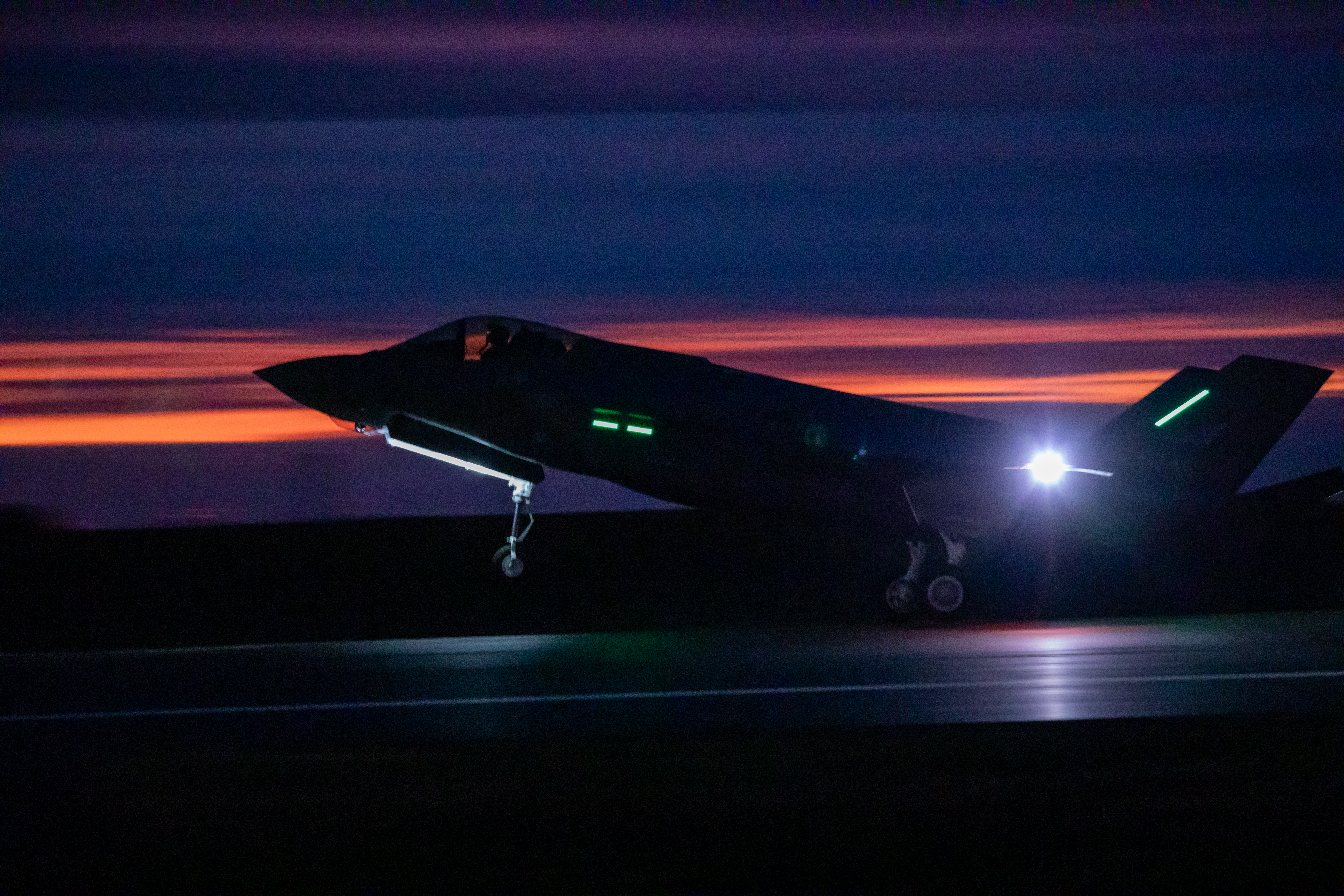
In the past, Poland has said that Russian missiles have entered its airspace after being launched from the St. Petersburg area against Ukrainian targets near the western city of Lviv. These missiles then traversed Belarus and entered Polish airspace for about 40 seconds before turning toward their targets in Ukraine. Of course, this provides only a very limited reaction time, should Poland decide to intercept them.
The threat that the Russian missiles pose to Poland shouldn’t be underestimated.
In November 2022, two Polish citizens were killed by falling debris when Ukraine shot down a Russian missile near the Polish border using a surface-to-air missiles.
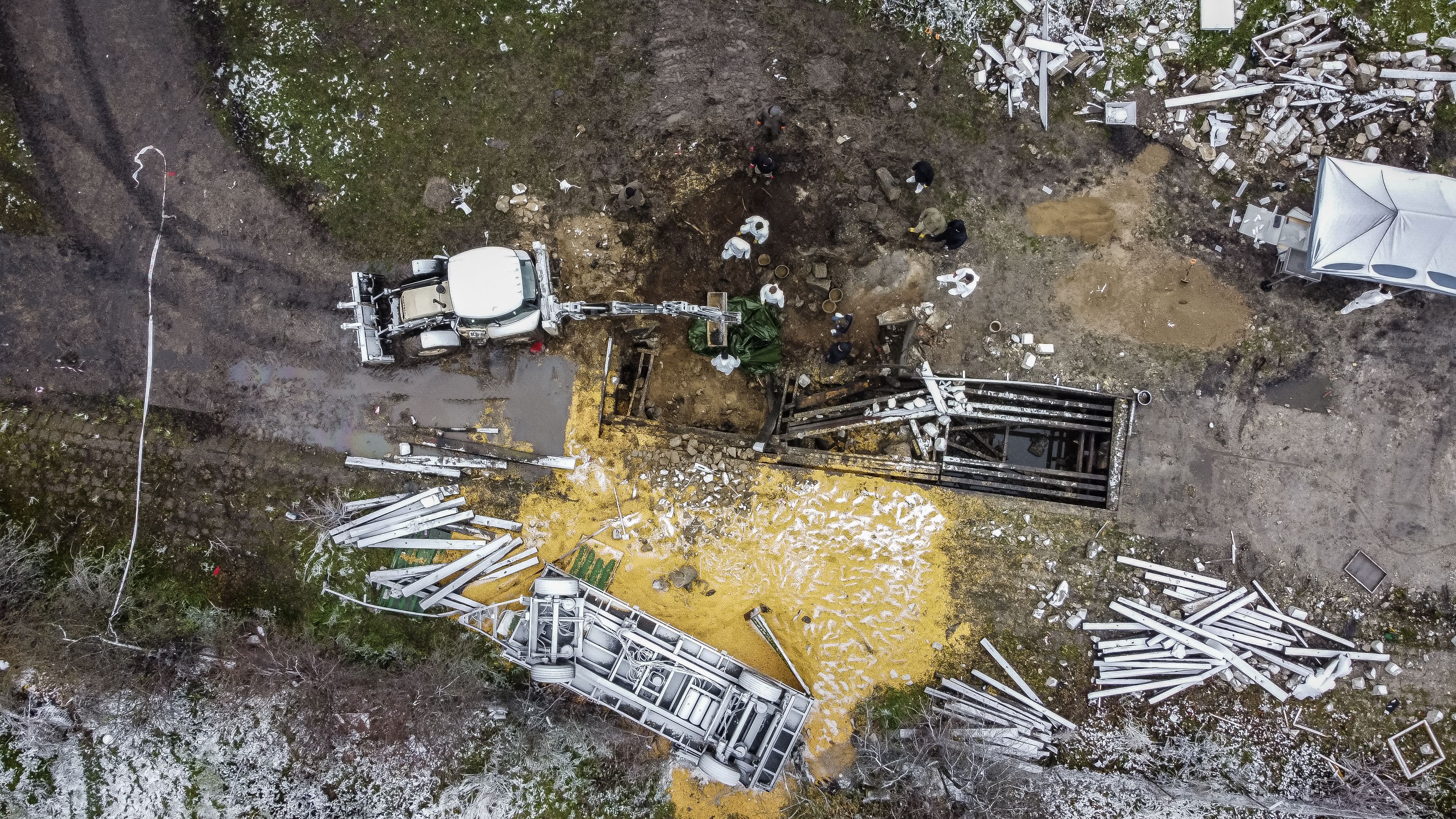
In December 2022, Polish authorities reported a Russian cruise missile — apparently unarmed, or at least failing to detonate — coming down near the northern city of Bydgoszcz, around 311 miles from the Belarusian border, without causing any casualties.
Another military object, later reported to be a Russian cruise missile, was found in a forest close to the village of Zamosc near the northern city of Bydgoszcz, in April 2023.
Polish authorities also suspected a Russian drone of entering its airspace in August last year, determining that it may have landed on Ukrainian territory after it likely strayed off course during a Russian attack on Ukraine.
Last September, Polish Foreign Minister Radosław Sikorski said his country and other nations bordering Ukraine have a “duty” to shoot down incoming Russian missiles before they enter their airspace.
“Membership in NATO does not trump each country’s responsibility for the protection of its own airspace — it’s our own constitutional duty,” Sikorski told the Financial Times. “I’m personally of the view that, when hostile missiles are on course of entering our airspace, it would be legitimate self-defense [to intercept them] because once they do cross into our airspace, the risk of debris injuring someone is significant.”
NATO, however, opposed the idea, with its then secretary-general, Jens Stoltenberg, saying it risked the alliance “becoming part of the conflict.”
Nevertheless, NATO has bolstered Poland’s air defenses, including the current Norwegian deployment there.
Since early December last year, Norway has deployed four F-35As at the air base at Poznań-Krzesiny and also has a National Advanced Surface-to-Air Missile System (NASAMS) air defense system in the country, all part of a contingent that includes around 100 Polish soldiers.
The Norwegian deployment is officially there to help defend the most critical logistics hub for military support to Ukraine, Rzeszów Airport in southeastern Poland.
“Ukraine remains in critical need of military support, with Poland as the most critical logistics hub. Starting early December, Norway will assume air defense responsibility for the most important hub for the transport of both civilian and military material from other countries to Ukraine,” Norwegian Minister of Defense Bjørn Arild Gram said at the time, adding that the airport also plays a vital role in medical evacuation efforts on behalf of Ukraine.

The Norwegian mission is due to end around April of this year, after which another NATO member will assume responsibility. So far, reports suggest that only the United States has committed to the rotational deployments.
While we await more details of today’s F-35 scramble, it is notable that the incident comes on the same day as Poland calls upon Europe to “take responsibility” for its own security, ahead of the U.S. President-elect Donald Trump’s inauguration next week and the uncertainty that brings in terms of support for NATO — and for Ukraine.
“There is awareness among European countries that the next few months will be a very difficult time … That’s why we think that this particular moment is the right time to say loudly that it’s time to take responsibility for our future and our security,” Poland’s Europe Minister, Adam Szłapka, told the Guardian.
Meanwhile, as long as the conflict in Ukraine rages, Poland remains very much a frontline state, and breaches of its airspace by Russian missiles and drones will still be a threat. With that in mind, deployments of NATO fighters and air defense systems to the country provide a valuable additional line of defense and one that Warsaw will hope continues.
Contact the author: thomas@thewarzone.com
